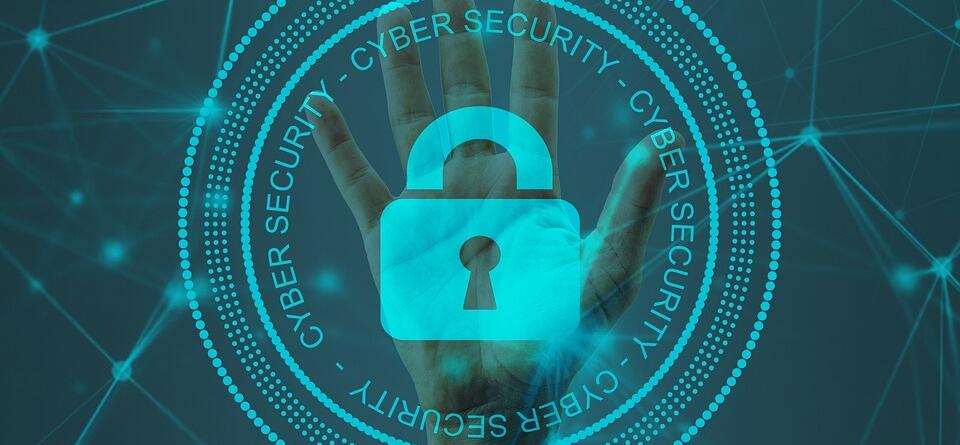The Rise of Ransomware: How to Protect Your Organization from Digital Kidnappers
AK-AI2024-08-14T07:29:16-04:00In the ever-evolving landscape of cybersecurity threats, one menace looms larger and more destructively than others: ransomware. This digital scourge effectively holds an organization’s vital data hostage, demanding hefty ransoms for its release. The rapid proliferation of ransomware attacks in recent years underscores a critical need for robust security measures and awareness strategies to safeguard against these digital kidnappers. This comprehensive exploration dives deep into understanding the mechanics of ransomware, delineates recent trends and statistics, and provides an actionable guide for organizations to fortify their defenses against this costly threat.
The Mechanics of Ransomware: A Digital Pandemic
Ransomware operates by infiltrating computer systems through various vectors, such as phishing emails, unsecured public Wi-Fi networks, or exploiting system vulnerabilities, and then encrypting the files on the system. Victims are then presented with a ransom demand, typically in cryptocurrency, for the decryption key. What makes ransomware particularly challenging is its ability to evolve. Recent examples include "double-dipping" attacks, where attackers not only demand ransom for decryption keys but also for not leaking stolen data online.
To understand the magnitude of the threat, consider recent data: a report published by Cybersecurity Ventures predicts that by the end of 2023, ransomware damages will cost the world $20 billion, a staggering increase from $11.5 billion in 2019. This uptick is attributed to both the growing sophistication of ransomware attacks and the expanding attack surface in the increasingly digital post-pandemic world.
Navigating the Threat Landscape: Current Trends in Ransomware
In the past three months, significant ransomware incidents have underscored the criticality of preparedness. For instance, the resurgence of Ryuk ransomware targeting healthcare institutions globally, leveraging the chaos of the global health crisis, emphasizes the opportunistic nature of attackers. Furthermore, the emergence of "Ransomware-as-a-Service" (RaaS) platforms allows even novice cybercriminals access to sophisticated tools, broadening the scope and scale of potential attacks.
The current threat landscape also sees a shift towards targeting large corporations and critical infrastructure, inflicting not just financial but also societal harm. The Colonial Pipeline ransomware attack, which led to temporary fuel shortages across the Eastern United States, is a stark reminder of the real-world impact of these digital threats.
Fortifying Defenses: How to Protect Your Organization
Protecting your organization from ransomware requires a multi-layered security strategy, encompassing both preventative measures and response planning. Essential steps include:
Educating Employees: Since many ransomware attacks begin with phishing emails, regular and comprehensive training for employees on recognizing and responding to phishing attempts is crucial.
Implementing Robust Security Measures: This includes maintaining up-to-date antivirus software, employing firewall defenses, and regularly patching and updating systems to address vulnerabilities.
Regular Backup and Encryption: Regularly backing up critical data and encrypting sensitive information can mitigate the effects of a ransomware attack, allowing organizations to restore encrypted files without paying a ransom.
Incident Response Planning: Having a detailed and tested incident response plan enables organizations to react swiftly and efficiently to a ransomware attack, minimizing downtime and potential damage.
- Leveraging Advanced Security Solutions: Investing in advanced security solutions, such as endpoint detection and response (EDR) and security orchestration automation and response (SOAR), can significantly enhance an organization’s ability to detect, mitigate, and respond to ransomware attacks.
Recommendations: Leading Security Solutions
To bolster your organization’s defense against ransomware, consider integrating the following solutions into your cybersecurity arsenal:
Endpoint Detection and Response (EDR): EDR platforms, like CrowdStrike Falcon or SentinelOne, offer real-time monitoring and automated response capabilities to detect and mitigate threats at their inception.
Embracing A Proactive Security Posture
The rise of ransomware necessitates a shift from reactive to proactive cybersecurity strategies. This entails not only the deployment of advanced security tools and regular employee training but also fostering a culture of cybersecurity awareness throughout the organization. Industry collaborations and information-sharing about threats can also play a vital role in preemptively identifying and mitigating emerging ransomware campaigns.
Conclusion: A Call to Action Against Digital Kidnappers
The menace of ransomware is not to be underestimated or ignored. Its accelerating proliferation and increasing sophistication present a formidable challenge to organizations worldwide. However, by understanding the nuances of ransomware operations, staying abreast of the latest trends, and implementing a comprehensive, multi-layered security approach, organizations can significantly enhance their resilience against these digital kidnappers. The time to act is now—fortify your defenses, educate your workforce, and embrace a proactive cybersecurity posture to protect your organization’s future.
In summary, the escalating threat posed by ransomware underscores the imperative for vigilant, sophisticated, and proactive measures. As the digital landscape continues to evolve, so too must our strategies to defend against the cybercriminals bent on disruption and extortion. By taking decisive action today, we can safeguard our organizations from the dire consequences of ransomware tomorrow.
Discover more from Akiatech Solutions Blog
Subscribe to get the latest posts sent to your email.
